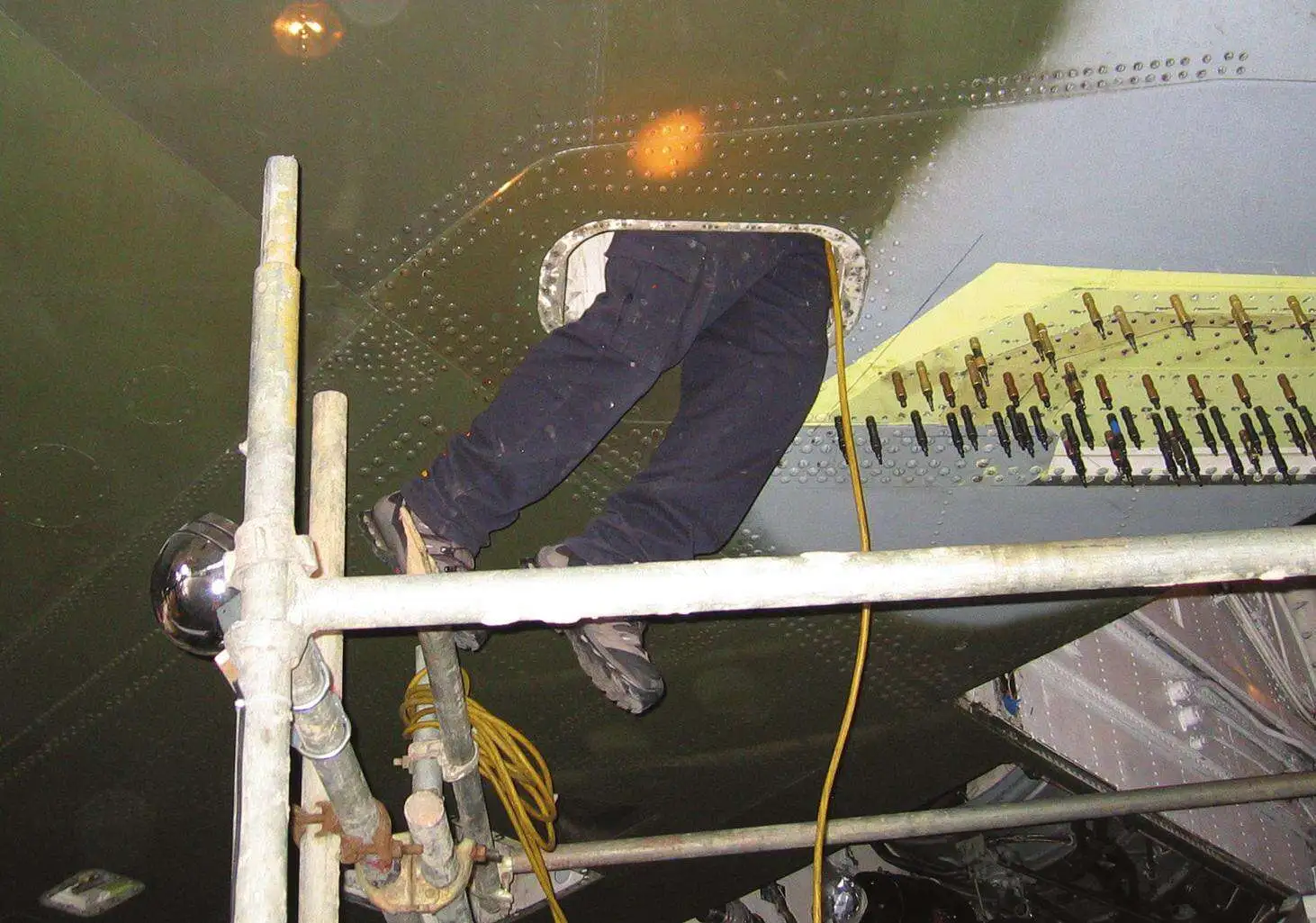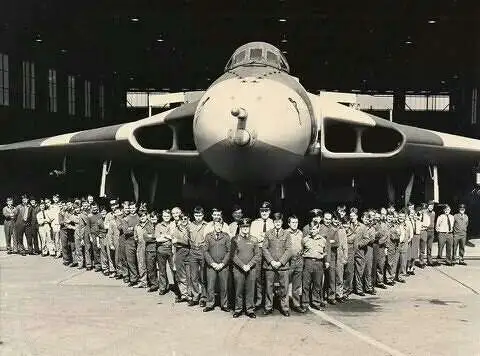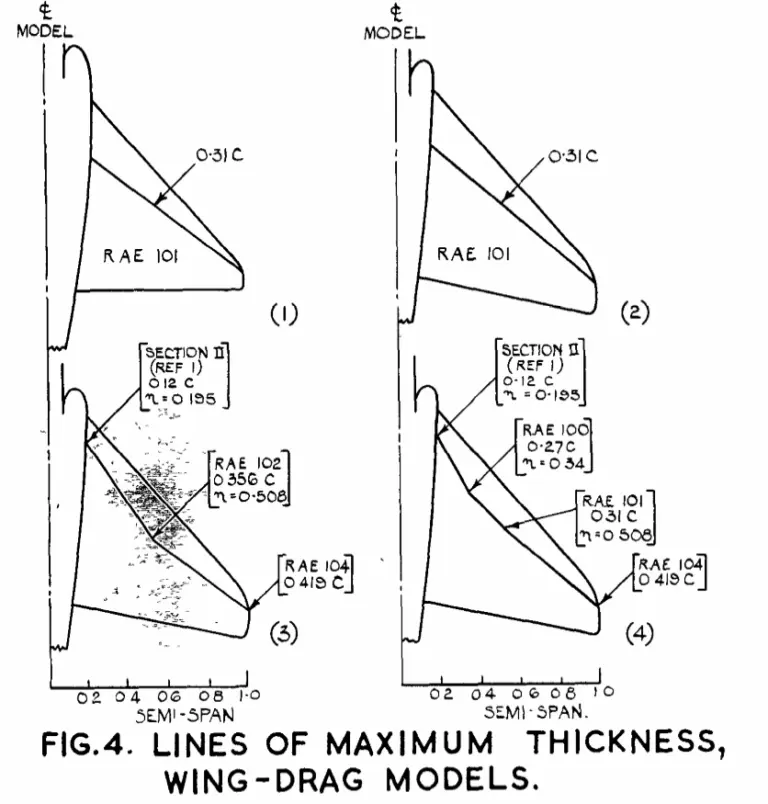
Ramblings from the AEO’s Panel – Part 23
Barry Masefield was the Air Electronics Officer (AEO) for Vulcan XH558 and had flown in this iconic aircraft for over 30 years, also being a
The Vulcan was designed as a ‘safe life’ aircraft, with a well-defined limit on how long it can carry on flying. One airframe (the 60th) was removed from the production line and placed on a specially built test rig at Woodford, this was known as the “Fatigue Test Specimen” (FTS). Using hydraulic jacks attached to […]

The Vulcan was designed as a ‘safe life’ aircraft, with a well-defined limit on how long it can carry on flying. One airframe (the 60th) was removed from the production line and placed on a specially built test rig at Woodford, this was known as the “Fatigue Test Specimen” (FTS). Using hydraulic jacks attached to […]

Barry Masefield was the Air Electronics Officer (AEO) for Vulcan XH558 and had flown in this iconic aircraft for over 30 years, also being a

Header image: RAF Waddington 1982 | Engineers and flight crew with the Vulcan prior to deployment to Ascension Island On 14 June 1982, Argentine ground

Dr Steve Liddle CEng FRAeS, is a Vulcan to the Sky Trustee and Principal Aerodynamicist at Aston Martin Formula One Team. The articles here are

Barry Masefield was the Air Electronics Officer (AEO) for Vulcan XH558 and had flown in this iconic aircraft for over 30 years, also being a